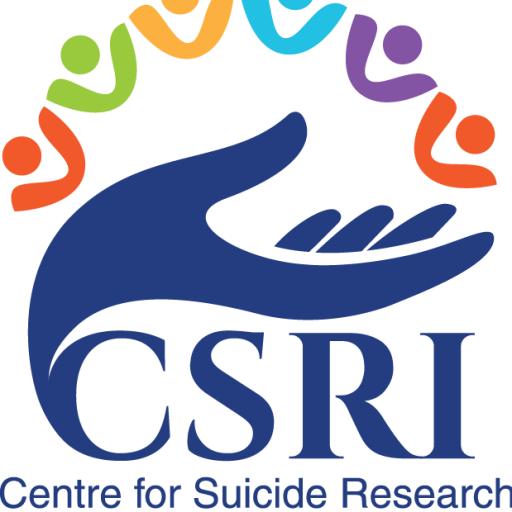Distraction Techniques for Self-Harm
Self-harm is a complex and often misunderstood behavior that many individuals struggle with. While it can provide temporary relief from emotional distress, it is not a healthy or sustainable coping mechanism. Fortunately, there are alternative strategies that can help individuals manage their urges and find healthier ways to cope. Distraction techniques are one such approach that can be incredibly effective in redirecting attention away from self-harming behaviors. In this article, we’ll explore some practical and proven distraction techniques to help individuals resist the urge to self-harm.
Engage in Physical Activity:
Physical activity can help release endorphins, which are natural mood lifters. Engage in activities such as jogging, dancing, yoga, or even just going for a walk. The movement and focus on your body can help distract from self-harming urges and provide a healthier outlet for stress and tension.
Practice Deep Breathing:
Deep breathing exercises can help calm the mind and body, reducing the intensity of urges to self-harm. Try techniques such as diaphragmatic breathing or square breathing, where you inhale deeply for a count of four, hold for a count of four, exhale for a count of four, and hold for a count of four. Repeat this pattern several times until you feel more grounded and centered.
Use Sensory Distractions:
Engage your senses to distract yourself from self-harming urges. This can include listening to music that uplifts you, smelling calming essential oils, holding onto a comforting object, or focusing on the taste and texture of a favorite food. By immersing yourself in sensory experiences, you can shift your focus away from harmful behaviors.
Connect with Others:
Reach out to a trusted friend, family member, or mental health professional when you’re struggling with self-harm urges. Talking to someone you trust can provide support, perspective, and distraction from negative thoughts. If face-to-face interaction isn’t possible, consider texting or calling a helpline for immediate support.
Practice Mindfulness:
Mindfulness involves being fully present in the moment without judgment. Engage in mindfulness practices such as meditation, body scans, or mindful breathing to cultivate awareness of your thoughts and feelings without becoming overwhelmed by them. By practicing mindfulness regularly, you can develop greater resilience to self-harming urges and build healthier coping skills.
Distract with Activities:
Keep yourself occupied with activities that require concentration and focus. This could include reading a book, doing puzzles, drawing or painting, cooking a new recipe, or learning a new skill. By engaging in activities that capture your attention, you can redirect your energy away from self-harm and towards more constructive pursuits.
Create a Safety Plan:
Develop a personalized safety plan that outlines coping strategies, support networks, and emergency contacts for times when self-harm urges become overwhelming. Having a plan in place can provide a sense of security and empowerment, knowing that you have resources to turn to in difficult moments.
Other distraction techniques that can be a useful way to ‘ride the wave’ of emotion and overcome the urge to harm yourself include:
- Write down thoughts and feelings that are distressing you; crumple the page up, rip it apart and throw them out as a way to let go of that thought
- Get some play-dough: stretch it or squeeze it to relieve tension
- Hit a pillow or cushion to vent your anger and frustration
- Have a good scream into a pillow or cushion
- Take a minute and breathe or meditate
- Go for a walk to take yourself away from triggers. Being in a public place gives you the time and space to reduce the urge to hurt yourself
- Make lots of noise, either with a musical instrument or just banging on pots and pans
- Scribble on a large piece of paper with a red crayon or pen
- Call a friend or family member and talk to them. This doesn’t have to be about self-harm
- Do something creative: make a collage of colours to represent your mood or to remind you of your favourite things
- Listen to music you like or watch a film you enjoy
- Go online and look at self-help websites
- Talk to someone about what is triggering you or seek help from a professional
While overcoming the urge to self-harm can be challenging, it is possible with the right support and coping strategies in place. By practicing distraction techniques and developing healthier ways to cope with emotional distress, individuals can take proactive steps towards healing and recovery. Remember that self-harm is not a sign of weakness, and reaching out for help is a courageous first step towards healing. If you or someone you know is struggling with self-harm, don’t hesitate to seek professional support and guidance. You are not alone, and there is hope for a brighter future.

